Welcome to NewsFile, our round-up of the latest tidbits and happenings from the world of contemporary ceramic art and contemporary ceramics. We launch this edition with urea-laced “bio-brick” and some hopeful renewable energy technology to harness the sun’s solar energy on the cheap––all brought to you by: (you guessed it) ceramics.
Urea-Laced Bio-Bricks
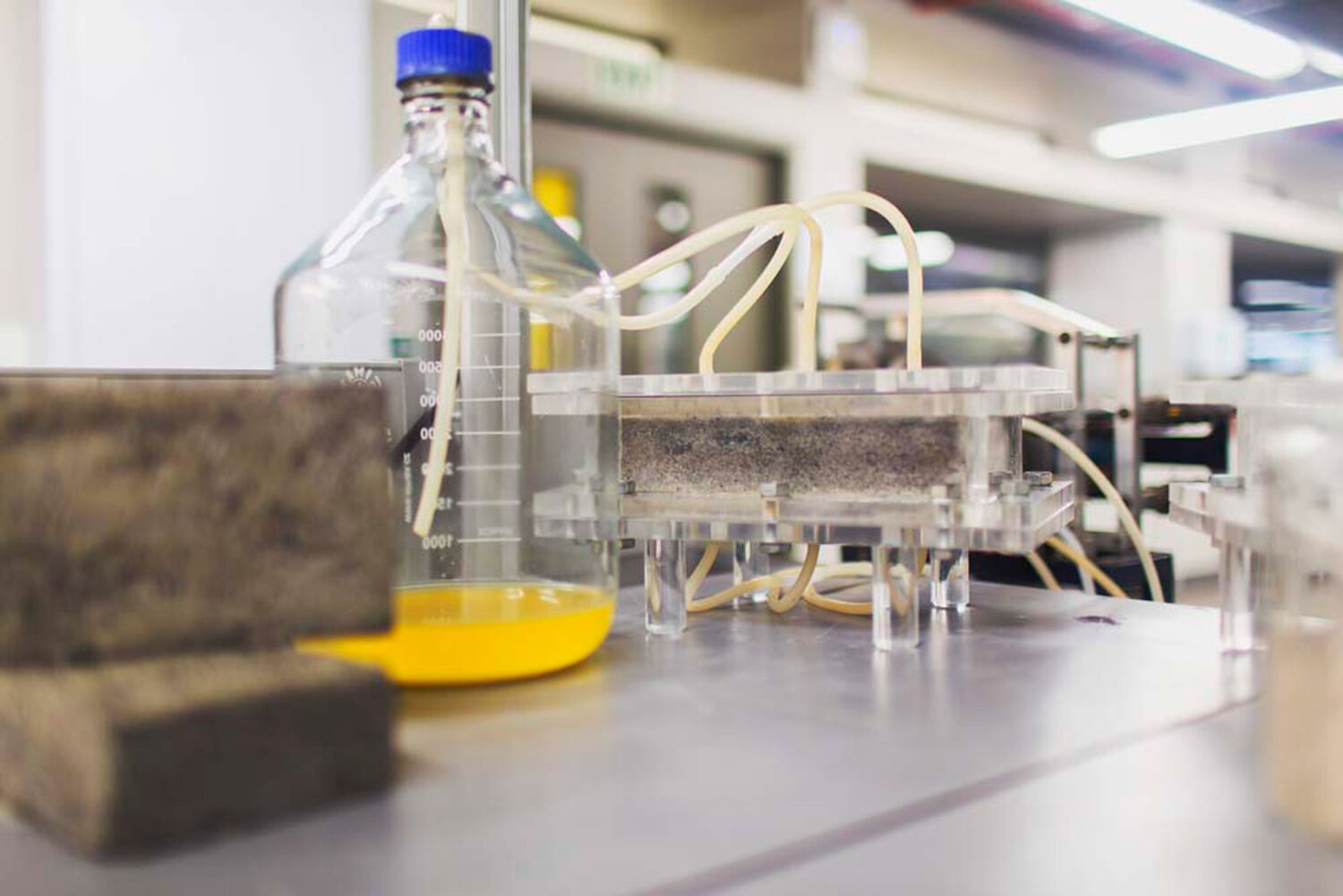
They’ve done it. A researcher at University of Cape Town, Suzanne Lambert, has developed a zero-waste building material made with human urine, Dezeen reports. The best part: it hardens at room temperature, meaning it doesn’t need to be fired. Gross-factor aside, the material’s self-hardening process called microbial carbonate precipitation (much like how seashells are formed) is a pretty cool alternative to traditional, yet environmentally taxing kiln-fired bricks.
Human urine, loose sand and a bacteria that produces the enzyme urease are combined in a brick-shaped mould. The urease triggers a chemical reaction, breaking down the urea in urine, while producing calcium carbonate — aka limestone, the main component of cement.
Read more about her project here.
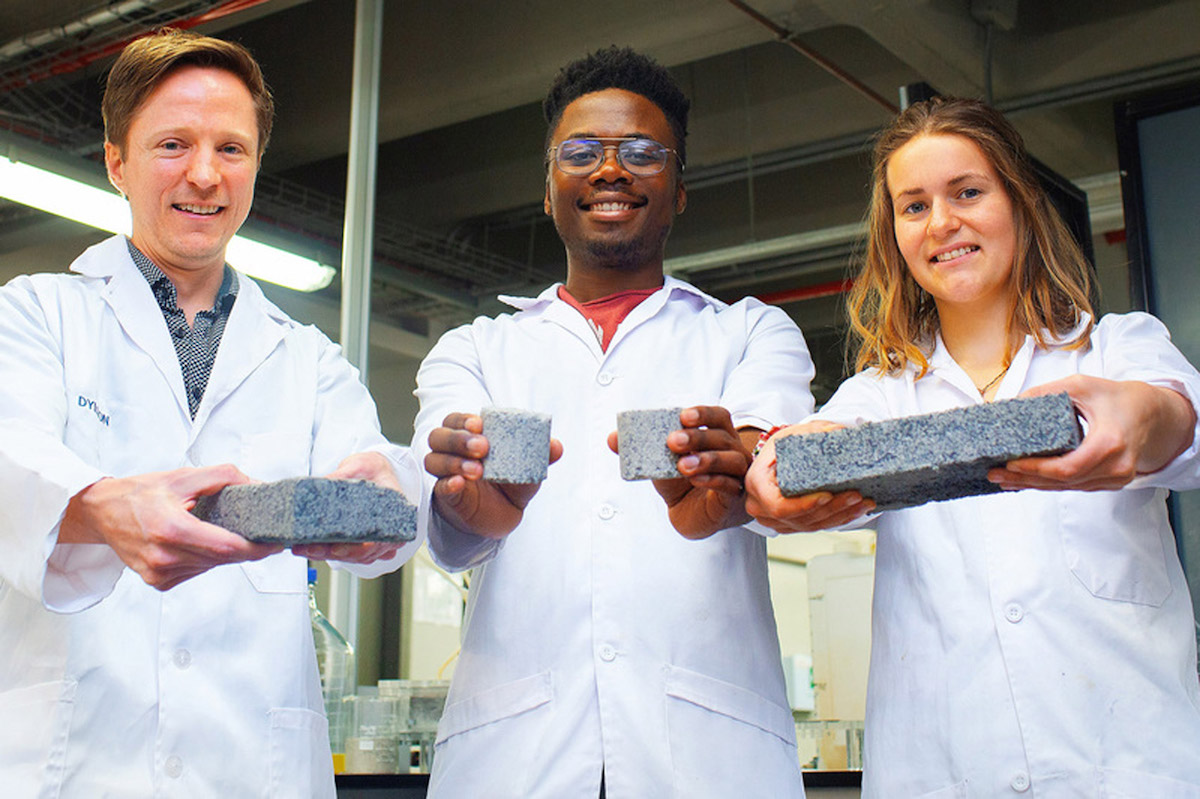
Ceramic-Metal Composite to Harness Solar Energy
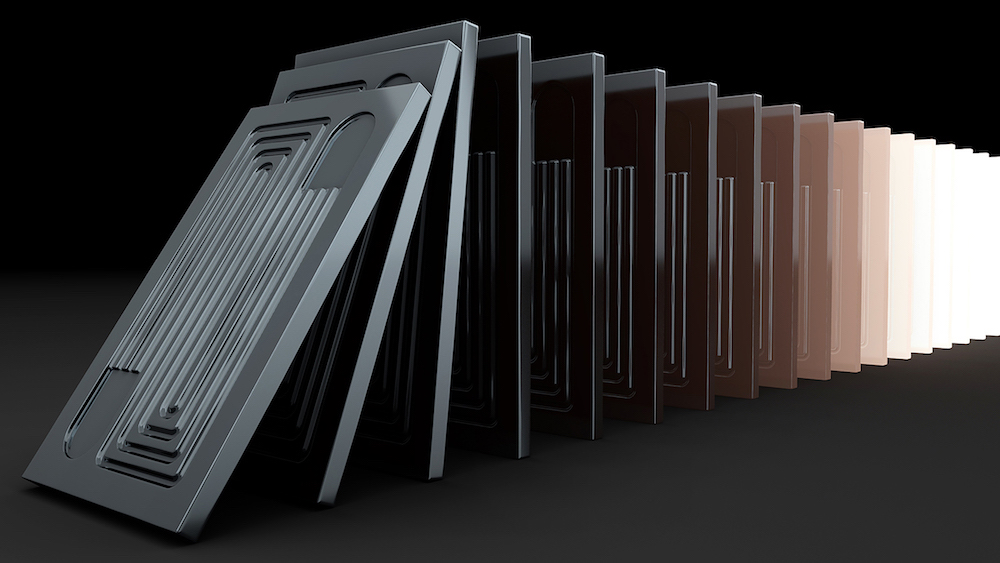
The American Ceramic Society reports that while the cost of solar power is decreasing how we actually store all that energy is another puzzle.
The 2017 Lazard Report states that energy storage technologies have yet to be cost-competitive in most applications, and that “alternative energy systems alone will not be capable of meeting the base-load generation needs of a developed economy for the foreseeable future.”
Purdue University’s engineering students and researchers have developed a way to store the energy as heat more effectively before its transformation into electricity using a new ceramic-metal composite material.
The team created a novel ceramic-metal composite material that could replace materials typically used in heat exchangers in solar power plants.
That means a more inexpensive way to get solar power into the electric grid could be on the horizon.
Read more here.
3D Printed Lunar Ceramics
The European Space Agency has baked pseudo-lunar dust, called regolith, into bolts and screws to be used on the moon, DesignBoom reports. According to a statement from the ESA, this material can be used as a kind of lunar ceramic.
Ground and sieved down to particle size, the regolith grains are mixed with a light-reacting binding agent, laid down layer-by-layer, then hardened by exposing them to light. the resulting printed part is then sintered in an oven to bake it solid.
Potential applications include enabling colonists to 3D-print while on another planet––like Mars.
Read more here.
Stay tuned as we continue to update our NewsFile with more from the world of contemporary ceramic art and contemporary ceramics.
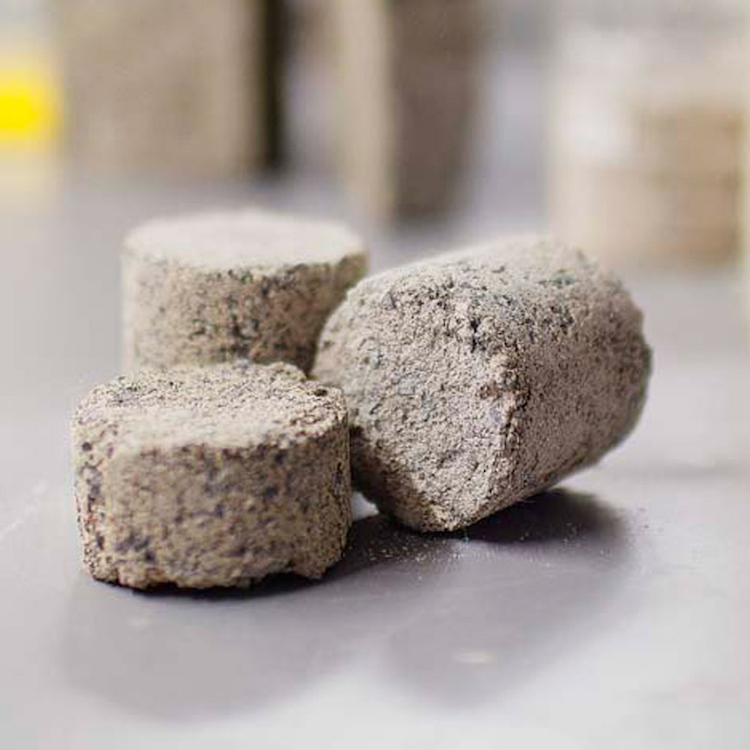
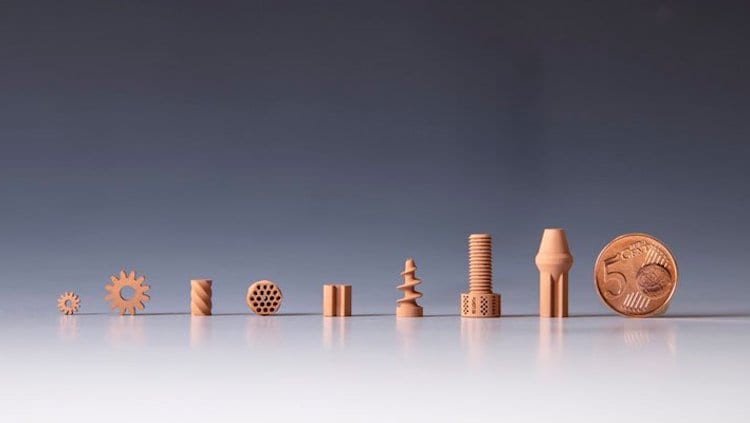
Add your valued opinion to this post.